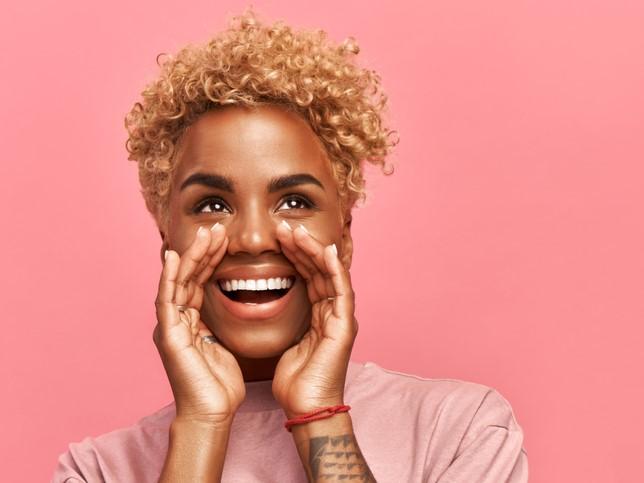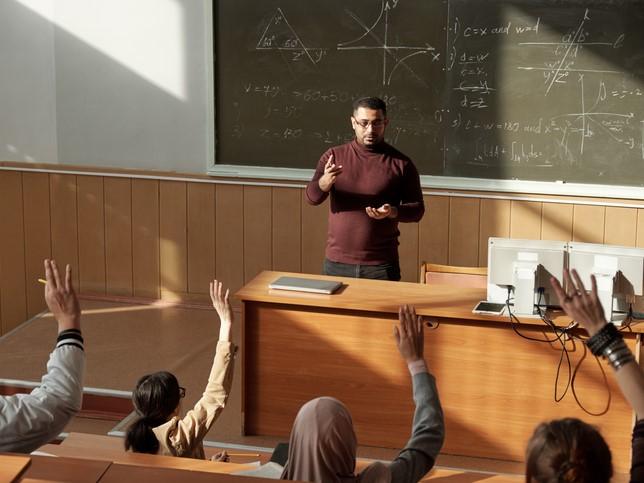
Tactics for revamping your comms with students front and centre
In the world of student communications, it can be easy to assume that what we’ve done previously still “works”, when actually, each year brings a new group of individuals through our doors with varying needs, life experiences and expectations of university life.
After a series of events shone a spotlight on student communications and made us at the University of Manchester realise that we were not quite in tune, we decided to go back to basics and hit the “reset” button on student communications and engagement.
- Using the ‘36 questions to fall in love’ to revolutionise group work
- What I learned from spending three years researching TikTok
- Student-staff partnerships: seven strategies for adopting inclusive practices
Working in direct collaboration with our students and the students’ union, we established new founding principles – every one of which is centred around student voice and partnership, and from which evolved our student communications commitment.
So here follows some of what we learned along the way, along with tips on how to achieve some big hits and stay on top of the student engagement charts.
Perspectives matter
Gathering a group of students to tell you what they honestly think sounds obvious but can be a total game changer. One of the first things we did after hitting that reset button was form a “perspectives panel” of students from across a range of years, courses, backgrounds, ethnicities, disabilities, genders and overall life experiences. Talking directly, over a series of sessions, we found that some things we thought worked well across our communications were getting “lost in the wash” and missed by students, while things we suspected weren’t working that well were, in fact, readily aired, debated and unpicked.
The variety of viewpoints and individual perspectives that came out across the discussions was truly eye-opening. This same panel of students went on to work directly with us to develop our new communications strategy, but perhaps more importantly, they were also the founding members of what has become our Student Perspective Group – a regular “sounding board” that now boasts more than 130 members.
Any student may join the group, and we contact them across the year to test campaign ideas and have them directly involved in designs and development. We put a call out about meeting with us on a particular topic (offering vouchers in return for their time), and there will always be members who want to talk to us. Some of the things we’ve developed with the group include campaigns on topics ranging from the cost of living, harm reduction and suicide prevention, right the way through to IT and cybersecurity. The sessions are so collaborative, and we often find the conversations lead us on to a totally unexpected path – in a good way!
This active involvement of students sharing their needs and opinions to steer and shape campaigns has now become our bread and butter. It’s a simple mechanic that’s easy to implement, but one that really works.
Free to create
Most universities have student content creators involved in producing material for students – this is nothing new. But what if I were to suggest having student content creators work entirely at their own lead, with you rarely asking them to produce anything?
Our content creators have an “open book”, working as freelancers to pitch ideas to us on the topics and content that they’d like to produce. They drive the agenda based on what they’re experiencing and feeling at that point in time, sharing the stories and issues that matter to them. We pay them for each piece they produce and, as part of our Content Creator Programme, develop them in communications and media skills through workshops with industry professionals.
Admittedly, this approach demands some legwork behind it, so that is something to bear in mind if you wanted to try it. We work in partnership with an external company to develop the annual skills/workshop programme, and there is also the recruitment and ongoing administration of the content creators in terms of discussing their ideas, organising payment and so on. Nonetheless, this approach is proving hugely successful for us, and I’m a massive advocate for it. It really makes each student feel valued and part of the university “voice” as a trusted partner in their content creator role, which, for some, sets them on the path to their future career.
Part of something bigger
Regardless of the size of your communications team, I can guarantee that there will be colleagues across all corners of your institution “doing student comms”. How often do you meet them and come together as a collective community? A huge part of our reset has been about reviewing how we work together as part of a single student communications network – our community of practice.
According to concept founders Etienne and Beverly Wenger-Traynor, “communities of practice are groups of people who share a concern or a passion for something they do and learn how to do it better as they interact regularly”.
Our community of practice brings together colleagues working in various parts of the university in student communications-related roles, along with colleagues from our students’ union. It’s a great atmosphere, sharing goals and objectives (and, vitally, student feedback) and enabling early, proactive collaboration on projects. From a staff development perspective, it’s also a fantastic opportunity for colleagues to expand their networks beyond their immediate teams and, conversely, support new starters.
When the bassline drops…
Ultimately, all big hits have a driving bassline, and here it’s one of partnership. Especially among our star trio: the university, its students and the students’ union/guild. Just like Sister Sledge, the Bee Gees or Destiny’s Child, all sides work together to achieve what might otherwise not be possible. Strong trios really do rock.
Kim Graakjaer is head of student communications at the University of Manchester.
The University of Manchester has been shortlisted for Outstanding Marketing/Communications Team at the Times Higher Education Awards 2022. A full list of shortlisted candidates can be found here, with the winners due to be announced at a ceremony on 17 November.
If you found this interesting and want advice and insight from academics and university staff delivered direct to your inbox each week, sign up for the THE Campus newsletter.
Academics and university leaders from across the UK and Ireland will come together next week at THE Campus Live UK&IE to talk about institutional strategies, teaching and learning, the student experience and more. Join us for this two-day event in London.




